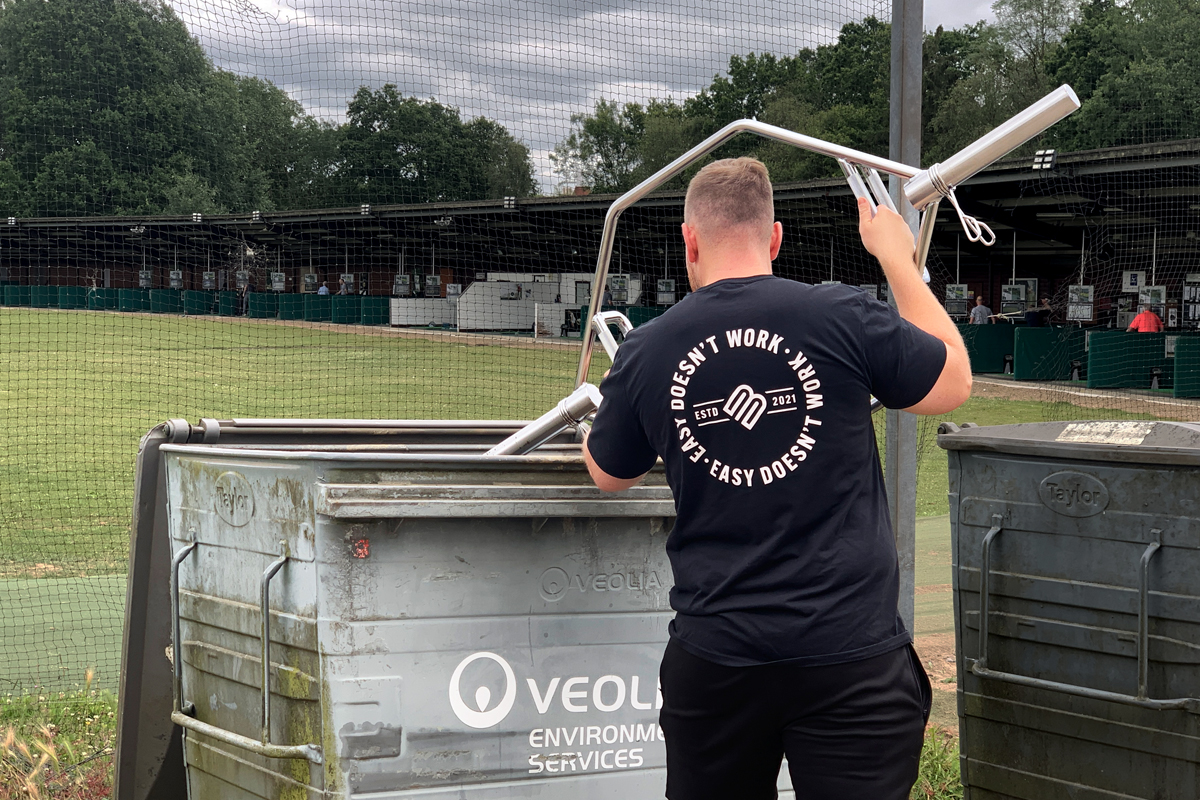
Originally created by American powerlifter Al Gerard in 1986, the Trap Bar was an aid to help Gerard train around a recurring lower back injury. The licensing and trademark was later bought by John Wood, and marketed as a hybrid training bar for mass market appeal, and ultimately a lot of revenue.
Today, it can be found in gyms around the world. But not at Body Mentors. To us, the name Hex is more fitting. Not for its hexagonal shape – for its ability to leave some coaches spellbound with its supposed benefits.
Five reasons why we never bought into the hype
1
The Trap Bar was originally invented as an injury training aid, because it reduces the load placed on the back. Unfortunately optimal loading of the back is what’s needed for injury rehabilitation. Avoiding loading the back altogether can lead to chronic weakness and further issues developing.
2
Some personal trainers teach the Trap Bar deadlift as it’s seen to be easier to coach than a Barbell deadlift, and with the belief that it’s safer for their clients. By not taking the time to learn how to effectively coach a Barbell deadlift, they’re actually doing their clients a disservice. It’s an easy option, not the right option.
3
Fixed handles mean the positioning is determined by the equipment rather than the individual. There is no variation, so a 6’3” male will be using the same width as a 5’2” female. As a result, it’s impossible to make the movement efficient. Efficient movements allow for heavier weights – heavier weights lead to optimal strength.
4
Because the Trap Bar has no central shaft, and you stand inside the bar, the lifter can adopt any position they want. This means there’s no consistency in the movement.
5
The Trap Bar can move in the sagittal plane (forward and back), unlike a Barbell which limits this movement because its pulled up in contact with your legs. This is especially important at lockout – with a Barbell you’re in a stable position, whereas a Trap Bar can swing, leaving you very unstable and potentially unsafe.


